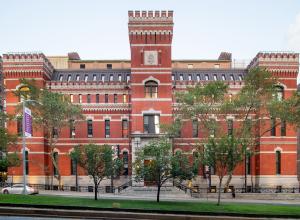The region's underground cities are especially awe-inspiring for their display of human ingenuity and daring. While the specific number of these underground cities varies according to different institutions and parameters, there are approximately thirty-five.
Göreme National Park, which was designated as a UNESCO World Heritage site in 1985, is home to two underground cities that are especially popular with tourists: Derinkuyu and Kaymaklı.






































